The brightest star in the night sky? You’re right, it’s Sirius (mag. -1.45), which coasts low above the southern horizon for most of us in the northern hemisphere during the cooler months.
Sirius is so bright that it’s not uncommon for people to mistake it for Jupiter (maximum mag. about -2.7) or even Venus (maximum mag. about -5).
But the answer to this question isn't as simple as you might think. What if we were to change that question to "what is the brightest star in the sky tonight?"
The answer as to which star is the brightest changes throughout the year, and in this guide we'll go through all the possibilities.
First, let’s talk about what it means for an astronomical object to be bright.
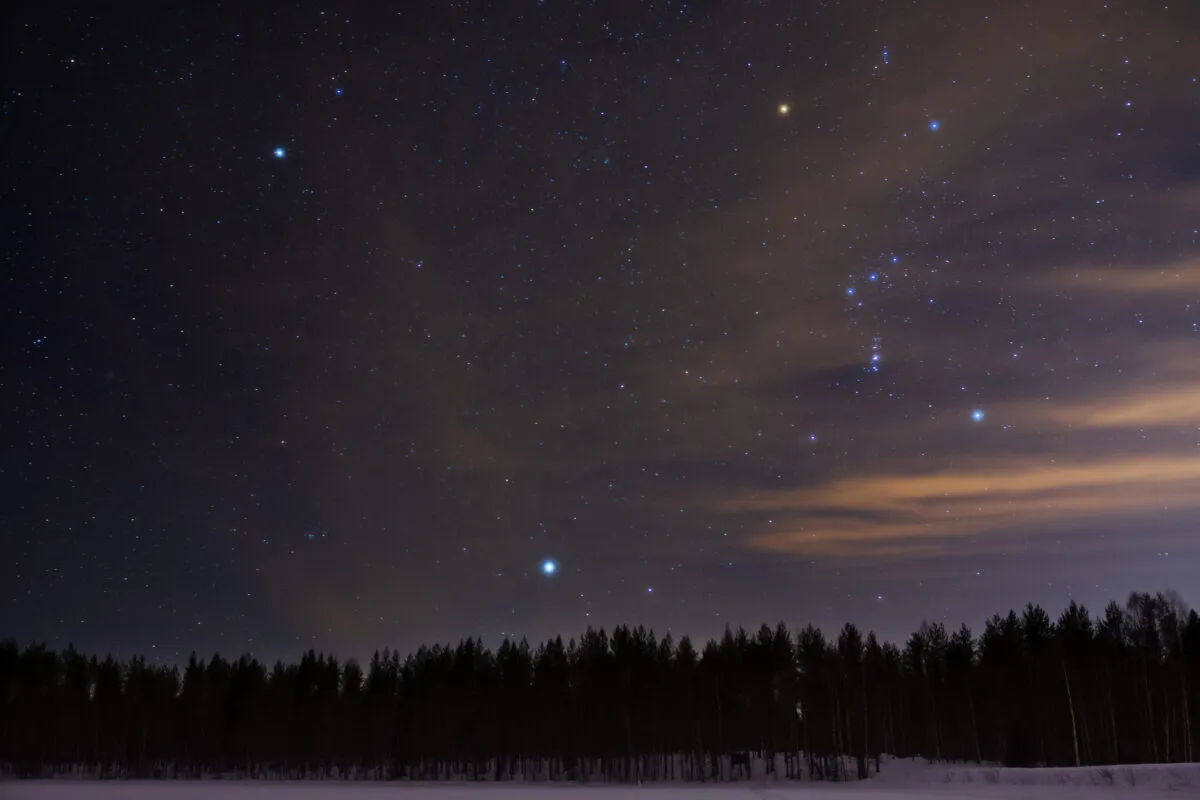
Star brightness, magnitude and luminosity
Astronomers talk about how bright objects in space look from here on Earth in terms of apparent magnitude, or brightness.
The stellar magnitude scale runs backward: the lower the number, the brighter the object.
Stars that are magnitude 1 or 0 are the brightest in the night. The Sun is about magnitude -27. The full Moon is magnitude -13.
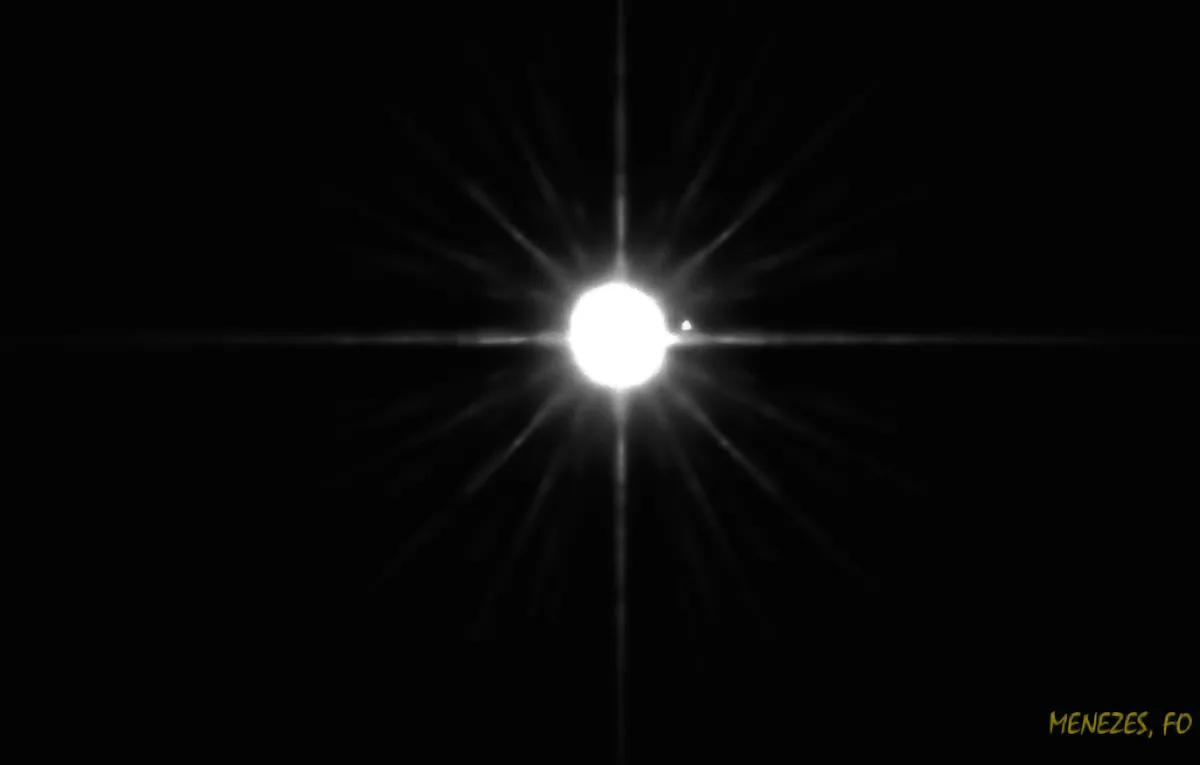
Astronomers also use the term absolute magnitude or luminosity, which is an object’s apparent magnitude if seen from a distance of 10 parsecs.
That would be 32.6 lightyears, because a parsec is 3.26 lightyears. For more on this read our guide to measuring distance in space.
In this article, we’re talking about the night’s brightest stars measured by apparent magnitude.
Brightest star in the night sky tonight
Sirius
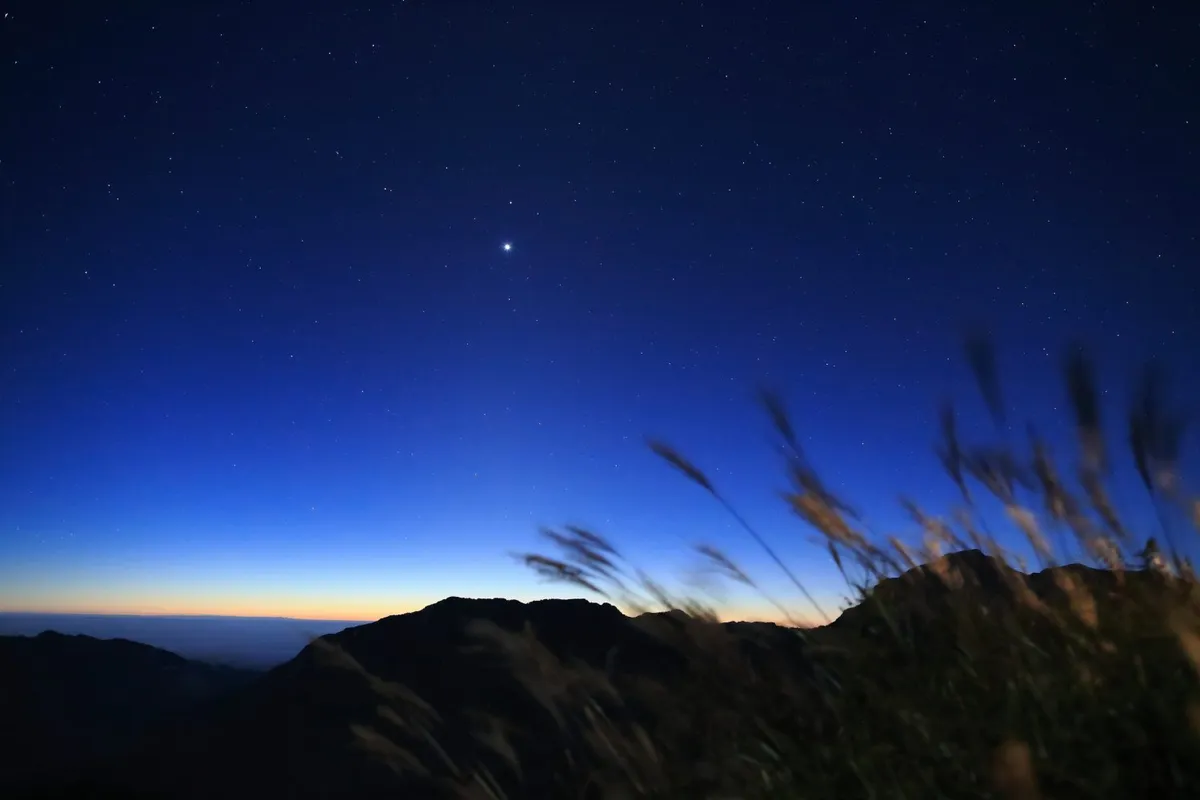
Since Sirius is only visible in the night sky for a few months, the rest of the time some other star has to be the brightest in the sky. This turns a seemingly simple question into a fun party trick.
Through the year, there are only three stars that hold the title of the sky’s brightest. But what are they, and how do we find them?
Sirius is the brightest star in the night sky during autumn, winter and early spring.
To find Sirius, all you need to do is follow the line of Orion’s belt stars downward, toward the southeast - generally, toward the horizon - and there it is.
Sirius also provides a nice astrophotography opportunity to photograph the changing colours of a twinkling star.
Sirius features in our pick of the best winter stars.
Arcturus
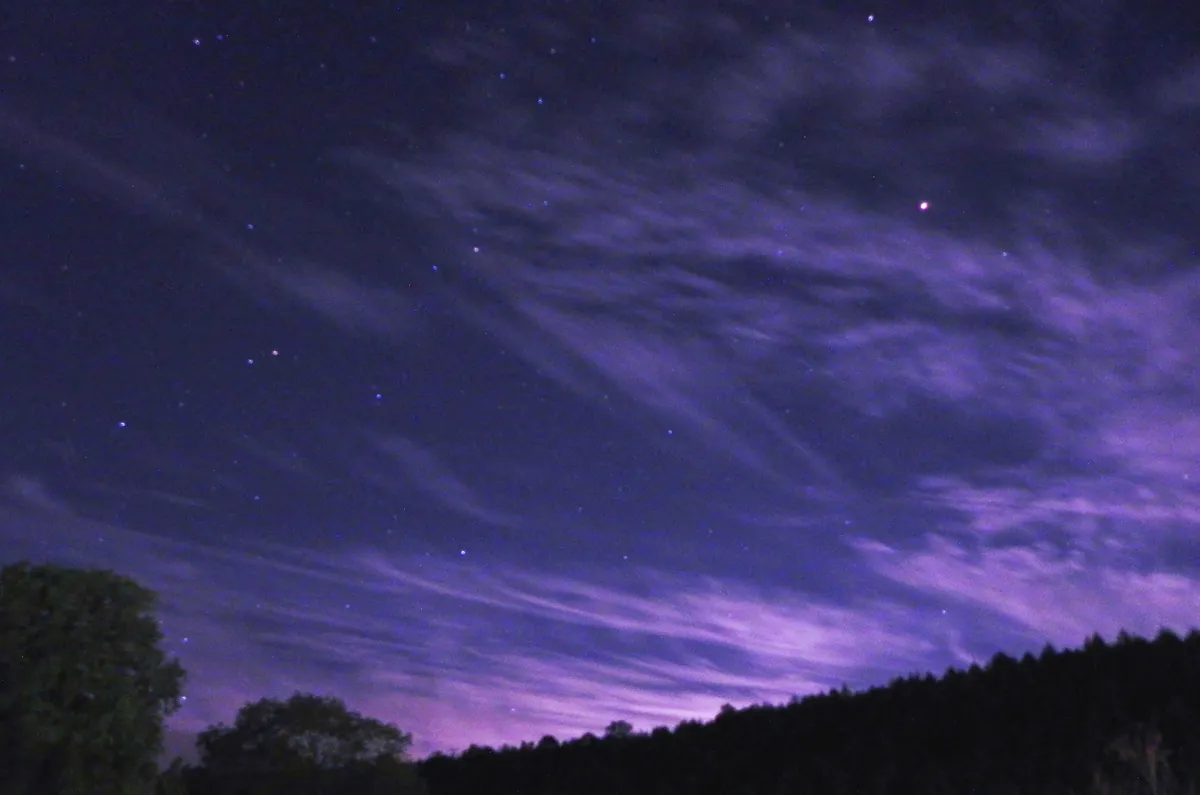
Around the end of February, the northern hemisphere’s second brightest star hops into the night.
Arcturus (mag. -0.1) is the entire night sky’s fourth brightest star: an old red giant about 35 lightyears away.
To find it, just follow the curve of the Plough’s handle away from its blade (and while you're there, you might want to take a look at stars Merak and Mizor and Alcor).
Arcturus is the next bright star we come to located in the constellation Boötes. It’s one of my favourite stars, and always makes me smile whenever I see it.
Sirius is still in the sky when Arcturus appears, though. It’s not until early April, when Sirius disappears, that Arcturus takes over and becomes the brightest star in the night sky.
Vega
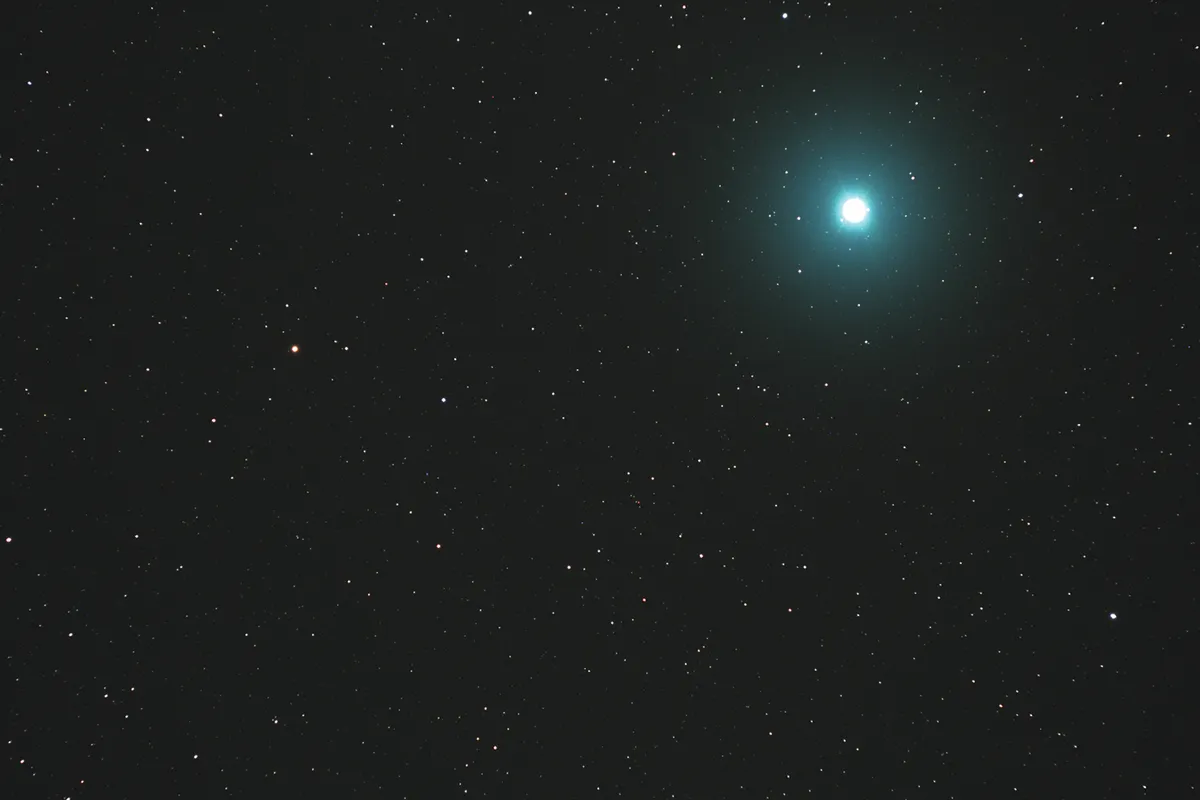
Next is bright, blueish Vega (mag. 0), which comes back to the night sky in early spring.
Star Vega is in the constellation Lyra, the harp, and is also the brightest star in the Summer Triangle (one of our favourite summer constellations and asterisms).
Vega makes its way into the skies just as Sirius is leaving, and spends the spring and early part of the summer climbing high above our heads.
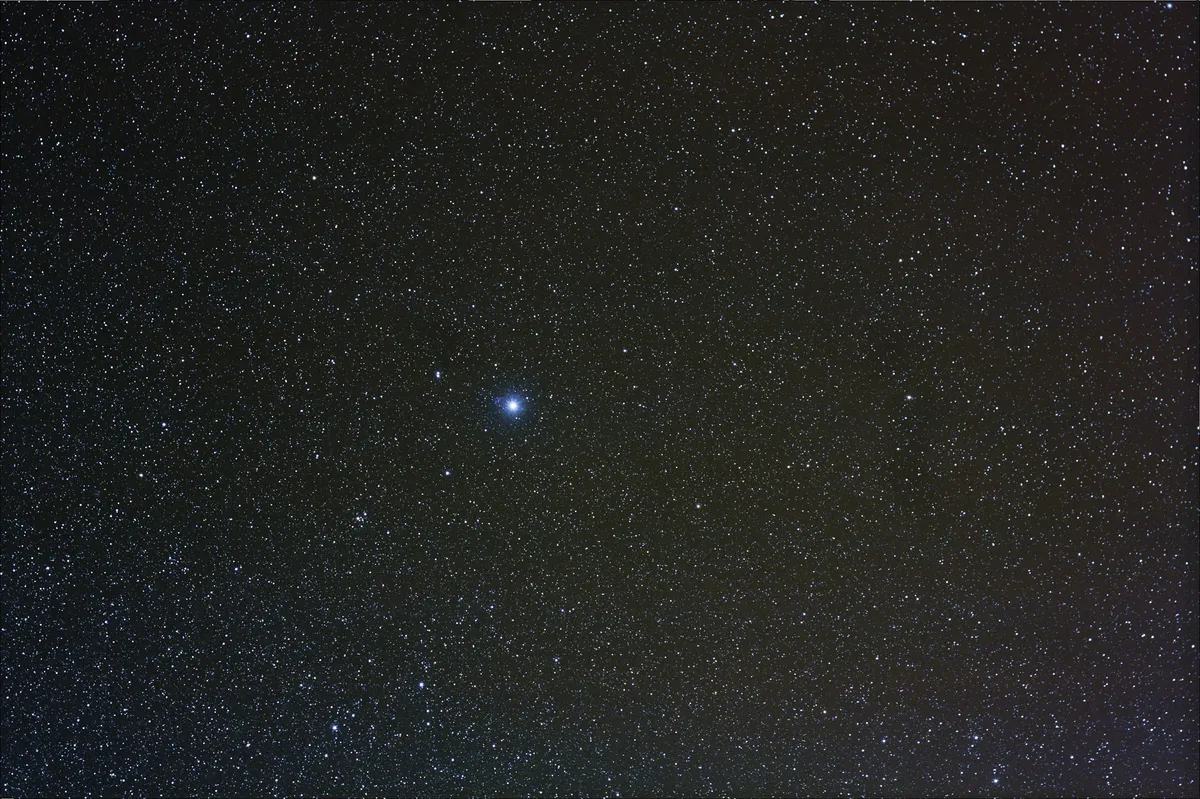
By September, when Arcturus’s time is up, Vega is almost due west, in the upper half of the sky.
The Summer Triangle’s stars are visible in the night sky into the early part of January, if you can believe it.
This is when something interesting happens.
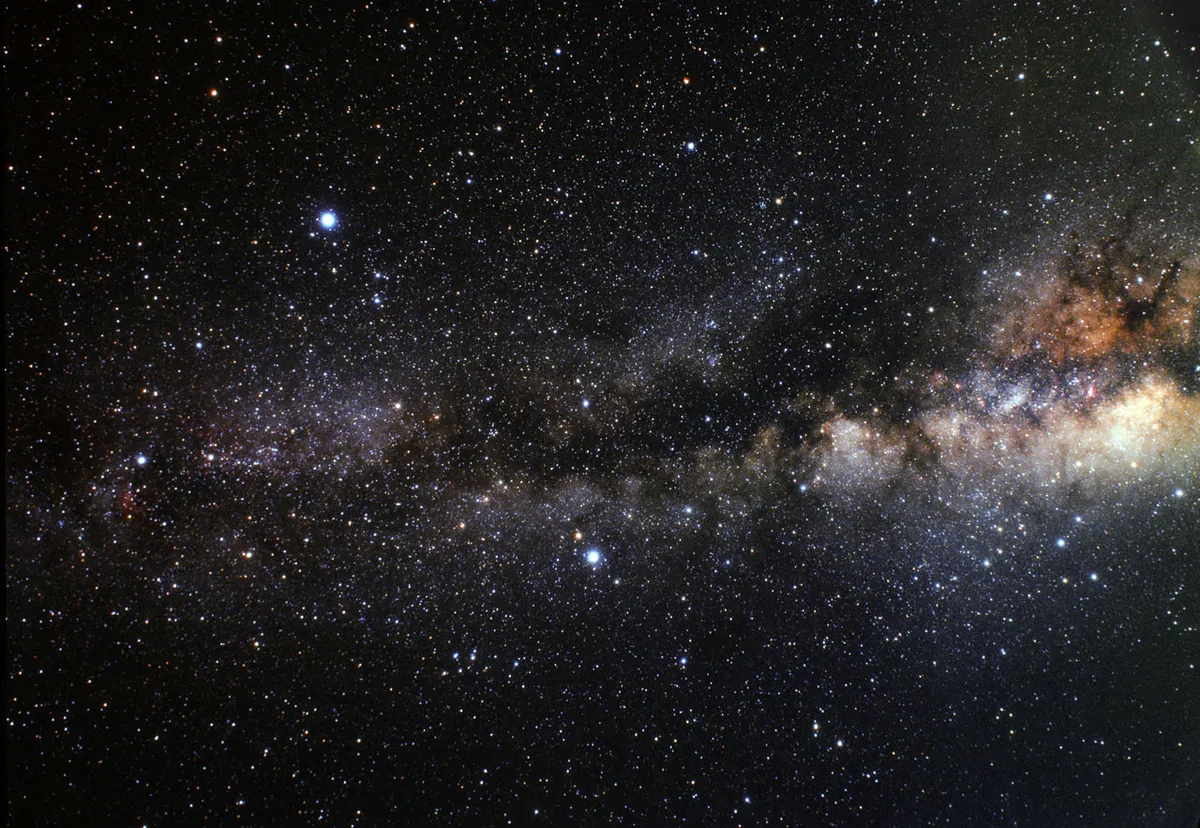
In December, while Vega is slowly making its exit, Sirius joins it, and both are in the sky at the same time.
The trouble is, both of them are close to the horizon and can be difficult to see.
So, where does that leave us? It’s true that the brightest star in December is Vega until one night, when it becomes Sirius.
But if they’re both too low to see easily, what do we do? We look straight overhead.
Capella
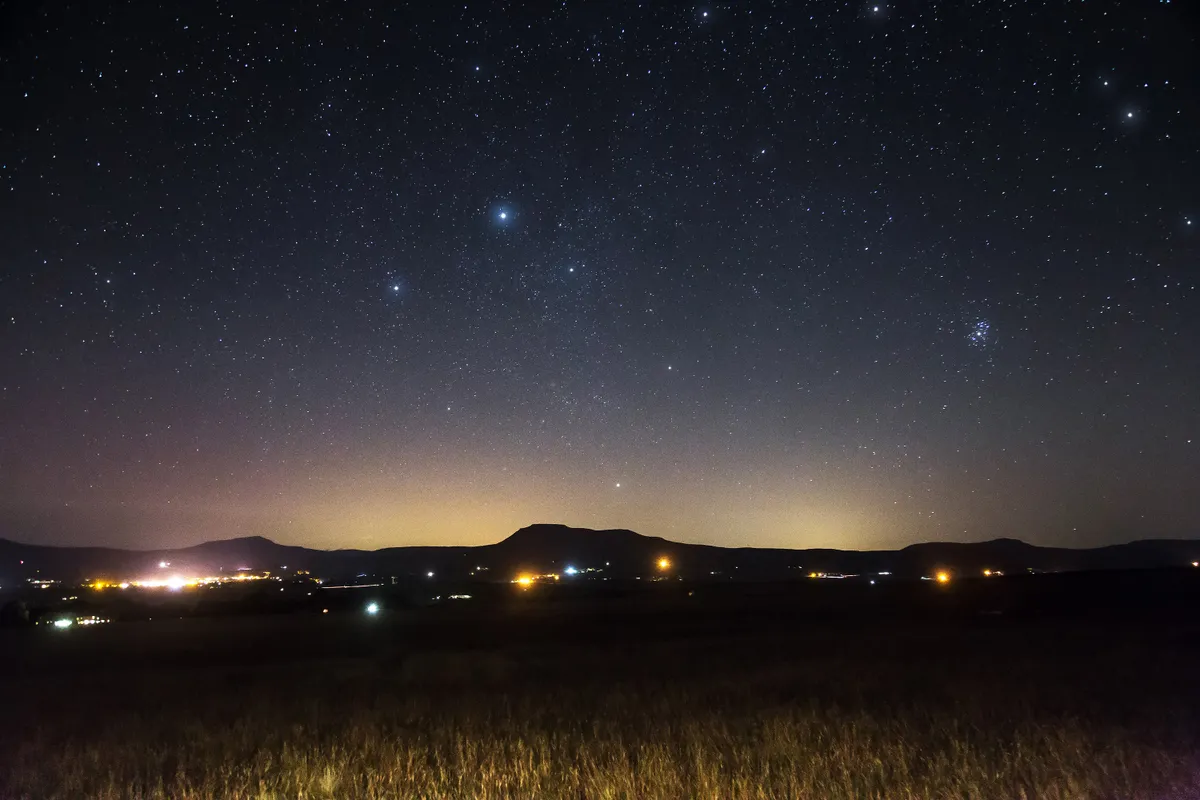
High up at the very top of the sky is the stunning yellow Capella (mag. +0.05) in the constellation Auriga.
An interesting thing about Capella is that it’s been there all along.
It’s the northernmost first-magnitude star, so far north that it’s circumpolar at the UK’s latitudes. That means it doesn’t rise and set like most other stars.
Instead, it’s in the sky every night of the year, where it appears to circle around Polaris, the North Star (for more on this, read our guide on how to find the North Star.).
Though we tend to think of Capella as a wintertime star, look low to the northern horizon in July. You’ll see it’s there then too (and is, incidentally, also one of my favourite summer stars).
Brightest star tonight?
The brightest star in the night sky tonight is one of three possibilities:
- Sirius is the brightest star from January to April
- Arcturus is the brightest star from April to September
- Vega is the brightest star from September to December
And if Vega and Sirius are too low to see, take a look at Capella instead.
Brightest star in the southern hemisphere
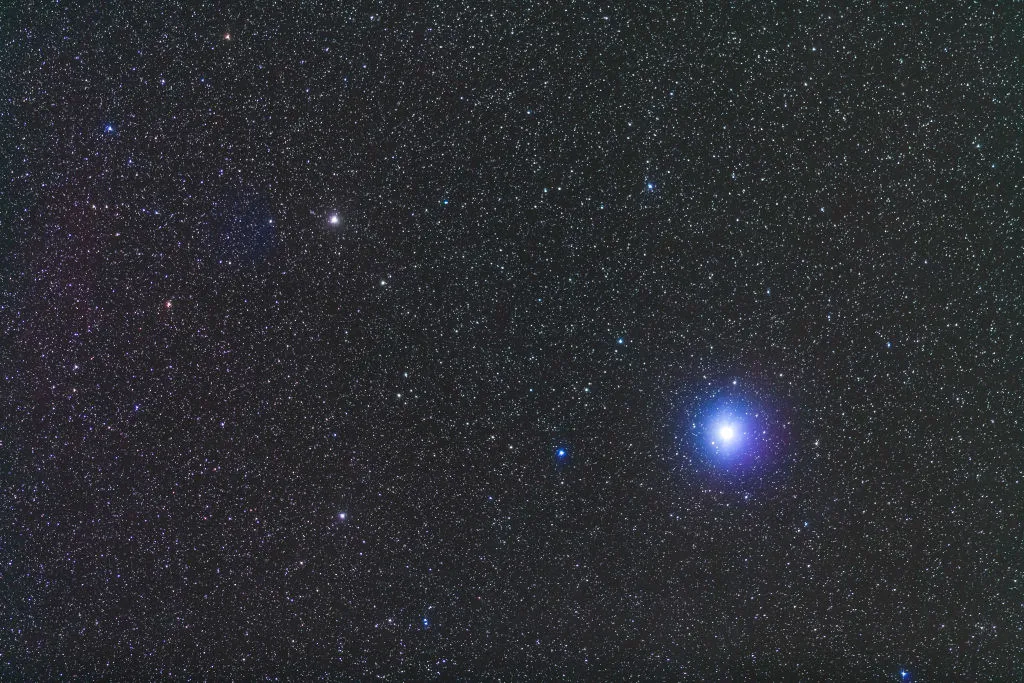
Things are different in the southern hemisphere sky. Canopus (mag. 0.65), in the constellation Carina, is the second brightest star in the southern hemisphere sky, and sticks pretty close to Sirius.
It’s only in the sky for a few nights in the southern autumn after Sirius leaves. Once it goes, it’s over to Rigel Kent (Alpha Centauri).
At mag. 0.1, it’s the sky’s third brightest and holds the title until Canopus comes back again in October.
How to find Arcturus, Capella and Vega

Back in the northern hemisphere, mid-May is a great time of year to chase down the three stars that aren’t Sirius. They’re all in the night sky at the same time.
Arcturus is in the south, just off the end of the Plough’s handle, with Capella low toward the northwest and Vega in the northeast.
If you’re at sea or are otherwise lucky enough to have truly spectacular skies with clear views of the horizons, all four are in the sky toward the end of March: Sirius toward the southwest; Capella toward the northwest; Vega toward the northeast; and Arcturus in the east.

Any night of the year, all we need to do is find one of those few, and we’ve found the night’s brightest star.
I hope this helps you find your way.
Scott Levine is a naked-eye observer and astronomy writer based in New York's Hudson Valley. Read more at Scott's Sky Watch.
